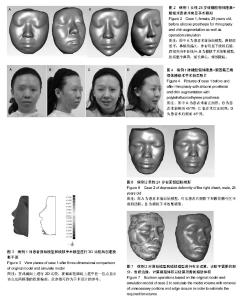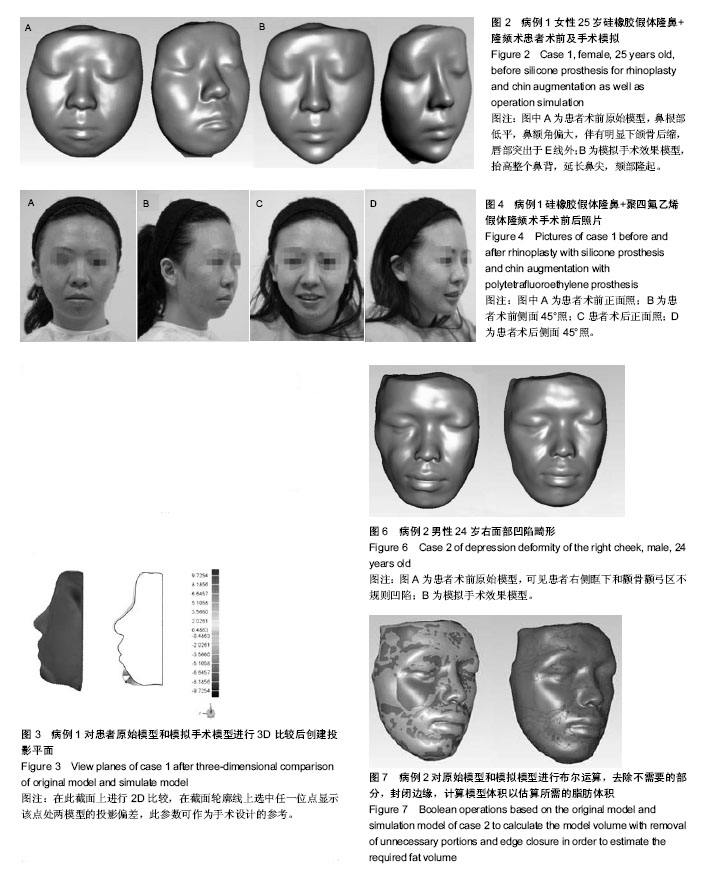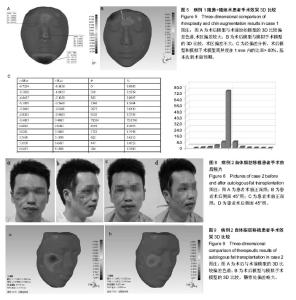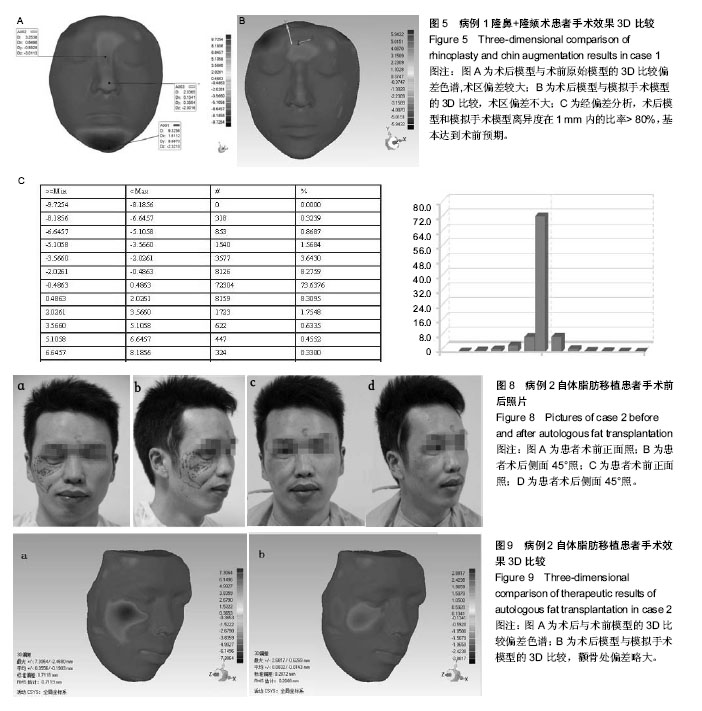| [1] MOSS JP, Linney AD, Grindrod SR, et al. A laser scanning system for the measurement of facial surface morphology. Opt Laser Eng.1989;10:179-190.
[2] Herlin C, Doucet JC, Bigorre M, et al. Computer-assisted midface reconstruction in Treacher Collins syndrome part 2: Soft tissue reconstruction.Journal of Cranio-Maxillo-Facial Surgery.2013;41:676-680.
[3] Lin H, Otani Y, Yoshizawa T. Shadow moiré profilometry by frequency sweeping. Optical Engineering.2001;40(7): 1383-1386.
[4] 赵利,洪虓,马腾飞,等.计算机辅助三维重建技术在颌面部外伤诊治中的应用研究[J].中国美容医学,2014,23(12):974-978.
[5] 姚红磊.数字化下颌骨的计算机重建[J].中国组织工程研究, 2012,16(9):1684-1687.
[6] Naser-ud-Din S, Thoirs K, Sampson WJ. Ultrasonography, lateral cephalometry and 3D imaging of the human masseter muscle.Orthod Craniofac Res.2011;14(1):33-43.
[7] 肖静,滕伟.三维数字化扫描在口腔修复领域中的应用[J].国际口腔医学杂志,2014,41(1):63-67.
[8] 苏显渝,张启灿,陈文静.结构光三维成像技术[J].中国激光,2014, 41(2):1-10.
[9] 宋倩,陈一悦,朱荣刚,等.基于格雷编码投影的三维测量技术研究[J].激光与电子学进展.2014,3:1-4.
[10] 胡影峰. Geomagic Studio软件在逆向工程后处理中的应用[J].制造业自动化2009;31(9): 135-137.
[11] Girardeau-Montaut D, Roux M, Marc R, et al. Change detection on points cloud data acquired with a ground laser scanner. International Archives of Photogrammetry. Remote Sensing and Spatial Information Sciences.2005;36(part 3): W19.
[12] Bornaz L, Rinaudo F. Terrestrial laser scanner data processing//Proceedings ISPRS Conference Commission V, Istanbul. 2004.
[13] Ciocca L, Scotti R. CAD-CAM generated ear cast by means of a laser scanner and rapid prototyping machine. J Prosthet Dent. 2004;92(6): 591-595.
[14] Kau CH, Richmond S, Zhurov AI, et al. Reliability 0f measuring facial morphology with a 3-dimensional laser scanning.Am J Orthod Demofacisl Orthop. 2005;128(4):424-430.
[15] 熊耀阳,焦婷,张富强.结构光三维测量轮廓技术及快速成型技术在颌面赝复中的应用[J].中国组织工程研究与临床康复, 2008, 12(9):1705-1708.
[16] 胡影锋.Geomagic Studio软件在逆向工程后处理中的应用[J].制造业自动化.2008,31(9):135-137.
[17] 孟凡文,吴禄慎,罗丽萍.三维面部数据采集与NURBS曲面重构[J].激光与红外,2010,40(3):334-338.
[18] 龚振宇,李国华,刘彦普.三维重建仿真模型及计算机辅助设计个性化假体在下颌骨缺损修复中的应用[J].中国修复重建外科杂志,2012,26(1):83-86.
[19] 王秉操,王殊轶,刘斌.传统方法与快速曲面方法进行复杂曲面重建的比较[J].中国组织工程研究,2013,17(17):3089-3093.
[20] Sun W, Bradley C, Zhang YF, et al. Cloud data modelling employing a unified, non-redundant triangular mesh. Computer-Aided Design.2001;33(2):183-193.
[21] Gálvez A, Iglesias A. Particle swarm optimization for non-uniform rational B-spline surface reconstruction from clouds of 3D data points. Information Sciences. 2012, 192: 174-192.
[22] Advanced manufacturing technology for medical applications: reverse engineering, software conversion and rapid prototyping. John Wiley & Sons.2006.
[23] Levine JP, Patel A, Saadeh PB, et al. Computer-aided design and manufacturing in craniomaxillofacial surgery: the new state of the art. J Craniofac Surg.2012; 23(1): 299-293.
[24] Maravelakis E, David K, Antoniadis A, et al.Reverse engineering techniques for cranioplasty: a case study.J Med Eng Technol. 2008;32(2):115-121. |



